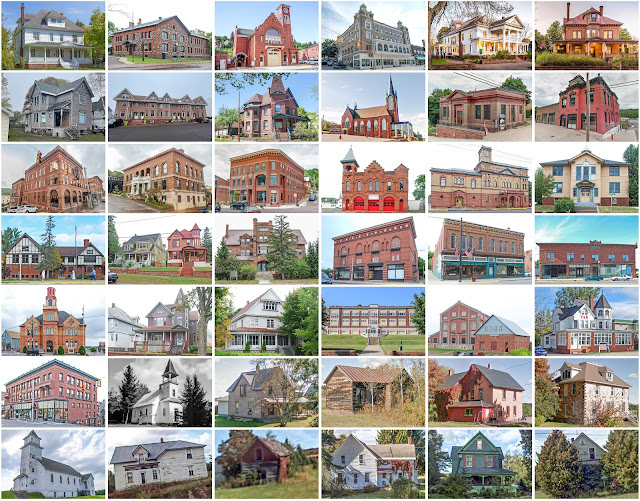Houghton County, Michigan

Founding: 1846 (declared in 1845) Parent county: Marquette Namesake: Douglass Houghton, Michigan geologist Seat: Eagle River (1846–1861); Houghton (1861–) Land area: 1,009 square miles Population (2020): 37,361 Population (historic): 708 (1850); 13,879 (1870); 35,389 (1890); 88,098 (1910); 52,851 (1930) Periods of population growth: pre-1850–1910; 1970s; 1990–2020 Subdivisions: Two cities; five villages; two CDPs; 14 townships National Register listings: 43 Pre-1940 residences (estimated): 7,695 (41%) Pre-1940 housing survival rate: 64.5% Pre-1860 housing survival rate (1940): 1.9% Farm housing in disrepair (1950): 18.5% Nonfarm housing in disrepair (1950): 11% Average farmhouse value (1930): $671 Average outbuilding value (1930): $677 Average farmhouse size (1940): 5 rooms Number of farms (1920): 1,741 Average farm size (1920): 32.6 acres Sources of settlement: Sweden, Finland, England, Canada, France, Wisconsin, Germany, Austria, and